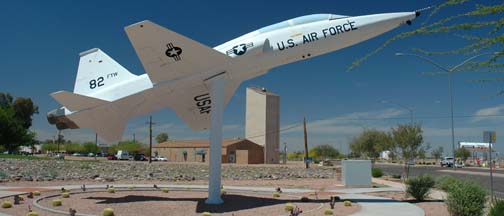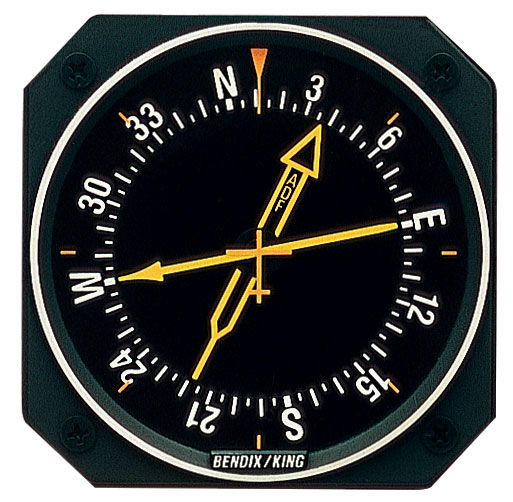We won't actually get the licences for a little while yet, as we still require another thirty or so hours experience and an instrument rating, which is the focus of the next few months training back in Oxford.
Once that is complete, all the test passes including ground school will be sent off to the authorities in return for that magic scrap of paper. Technically known a commercial pilot's licence with multi engine and instrument ratings, it allows us to carry paying passengers and work as a first officer on large planes or as a single pilot on smaller machines. After we have clocked up 1500 hours experience it gets automatically upgraded to a full air transport pilot's licence.
The CPL test
 |
| A dawn take-off the day before the test |
After a full briefing of what we could expect from the test, I had a long and tense wait for my buddy to fly first. Eventually he returned and I was able to get started with my pre-flight inspection.
Once completed (happily no faults found) the examiner joined me in the plane where he assumed the role of an 'interested passenger' and I the pilot in command, which meant I was expected to give the safety briefing much like the one you have witnessed every time you have been on holiday.
After the take-off and departure, the first part of the test is a navigation exercise. Just one leg is required, flown by the visual 'dead reckoning' techniques we had practised so much. The requirements are to fly at all times within five degrees of the planned heading and 100' of the planned altitude, while arriving within three minutes of the estimate. No real difficulties there, except for the Seneca's annoying habit of climbing 100' every time you take your eyes of the instruments for more than ten seconds.
Towards the end of the leg, the examiner will ask for a diversion to an unplanned location. While flying the rest of the original route, I had a couple of minutes to plot the new course and figure out the new heading, altitude, time, minimum safe altitude and fuel required. We then fly the diversion leg with the same requirements, only this time we are allowed to use radio beacons to help us.
The first leg went perfectly, no surprise as we are pretty familiar with the area now. About half way along I passed near to a radio beacon commonly used for practising holds, and on making a radio call found there were indeed planes holding all the way up to 6000'. To avoid them I decided to try out a little trick I had heard about.
I flew for one minute at 60 degrees left of heading, then flew planned heading until I felt I was well out of their way, then flew one minute at 60 degrees right of heading. Done right, this puts you exactly back on track exactly one minute behind schedule. It worked well, and certainly pleased the examiner.
The diversion was not easy to find, some vague street patterns carved in the empty desert with few nearby features. As I reached my planned time I had little but cacti in front and started to get a little concerned, but then spotted the street patterns about a mile off to the left, within the required accuracy for the test.
Instrument flying
Next was probably my least favourite part, the instrument flying. On went the hood, the examiner took over the radios and lookout, and issued speeds, headings and altitudes playing the role of air traffic controller. Easy enough on a full set of instruments, the artificial horizon being the key. But before long, he began to cover things up to simulate various systems failures, eventually leaving just the speed, altitude and a thing called a turn coordinator* to fly with.
 |
| Limited panel; two of the most useful instruments 'fail'. |
The drill is to set power to full if speed is falling (meaning the nose is high) or power to idle if speed is increasing because the nose must be low. Then, quickly roll the plane to more or less level wings as best you can giving the strange behaviour of the turn coordinator.
Finally, arrest the climb or descent using whatever elevator input makes the altimeter needle stop moving. This is not easy, as the push/pull force required to hold the altitude is often radically different from what you might expect, and you must ignore all 'seat of the pants' sensations as they are misleading.
For example, recovering from a nose low attitude you would expect to need to pull up from the dive. In practice you mostly end up pushing pretty hard because you are flying fast, the plane 'wants' to climb to return to its trimmed speed and you have to stop it. By scanning rapidly between the three instruments, you can keep everything more or less in check and once the speed is back to normal, reset the power.
Compass turns followed, where I was asked to turn on to specific headings using the standby compass and/or timer and the limited panel of instruments. This sounds easy enough, but aircraft compasses are completely untrustworthy outside of straight, un-accelerated flight. During a turn they will stop, wander all over the place or even turn in the opposite direction. The answer is to turn at a specific rate — three degrees per second — using the turn coordinator and hold the turn for a specific time. With care, it's possible to consistently achieve within five degrees of the new heading.
While still under the hood the examiner asked for a position fix using radio aids, then removed the hood to reveal the outside world again. Happily I was pretty close the cross on my map.
Visual manoeuvres
The visual exercises are intended to demonstrate that you can confidently and positively control the plane in steep turns, steep climbs and at speeds right down to the stall. But they do tend to become more of a memory game, and I do feel the test focusses a bit too much on the elaborate procedures surrounding the manoeuvres rather than the actual handling of the aircraft.
But I'm not complaining; once learned, they are not difficult and got me one step closer to the end of the test.
I was not in the least bit surprised about what happened next; yes it was time for one engine to "go on fire". Again there's nothing difficult about the engine shut down drill — though you do need strong legs — but there are plenty of opportunities to throw away the test. Great care is required throughout the shut-down and restart to always state and touch the correct control; even pointing to the left fuel cut-off when the right engine is being shut down is enough to fail that section of the test.
I was a bit surprised when the shut-down drill failed to "extinguish" the fire, and an emergency descent was required. I'd been told that examiners are generally a bit nervous about this part of the test and usually just ask what actions you would take.
So down we went in a fast spiral, gear out, both engines throttled back and the altimeter unwinding alarmingly. The examiner was busy on the radio, the scenery was getting a bit close and I was about to terminate the descent myself when he finally gave the call "fire is out" and we could start the gradual climb back up to altitude on the live engine and restart the other one.
Circuits and landings
 |
| Phoenix-Mesa Gateway, previously known as Williams Gateway and once a major military base |
This is the easiest type of approach but also the one we practice the least often. You can see the runway from miles away and just keep heading for it, the difficulty is knowing when to start the descent and when to run the checks that are normally done at specific places in the circuit.
The first landing was a normal full-flaps landing, followed by a circuit and then a flapless landing. There's nothing hard about a landing without flaps, except I seem to have great difficulty remember not to put the flaps in!
On the climb out from the flapless landing — guess what — yes the other engine "failed". Time for the engine shut-down drills again, this time just simulated, and a circuit and approach in asymmetric configuration. This time he asked me not to land but to demonstrate a single-engine go-around at 300'.
These take a bit of care, as when the power is brought back in the plane can yaw alarmingly. It needs to be kept under control and held level, staying over the runway centre line while the gear and flaps are retracted. Until this is done, there is not enough power to climb away.
 |
| Not breaking the sound barrier, in a 747, just a lot of tail wind. |
I parked, tied down and headed inside for a quick debrief and lots of form filling, and then I was free to go.
The flight home was not booked for another four days, but a mad urge grabbed me and I threw everything into a suitcase in 30 minutes flat and got a lift to Sky Harbor on the off-chance... sure enough I managed to get a reserve seat and just a few hours after the test I was flying home. Stonking 180mph tailwinds hurried us the 5300 miles back into my wife's arms in record time.
 |
| Coming in! |
* A turn coordinator is a bit of a bastard child of an instrument. Unlike the others there are no numbers and it has just one marking for a 'rate one' turn (three degrees per second or two minutes for a full circle). What it actually indicates isn't obvious, it's a kind of combination of roll (banking the plane over) and turn (changing direction).
The argument is that traditional turn indicators are slow to react because a plane does not turn the instant it is banked, the turn takes a while to get going due to inertia. The old turn indicator would, correctly, not indicate a turn immediately the plane was rolled but wait until it was actually changing heading.
It was felt this delay made it difficult to use when recovering on a limited panel, so the gyro was tilted up 30 degrees. This couples together the roll and yaw axes with the result that the instrument begins to indicate something as soon as you roll, but is only accurate in a steady turn. If you roll out of a turn smartly, it 'loops' all over the place making it frustrating to use.










































